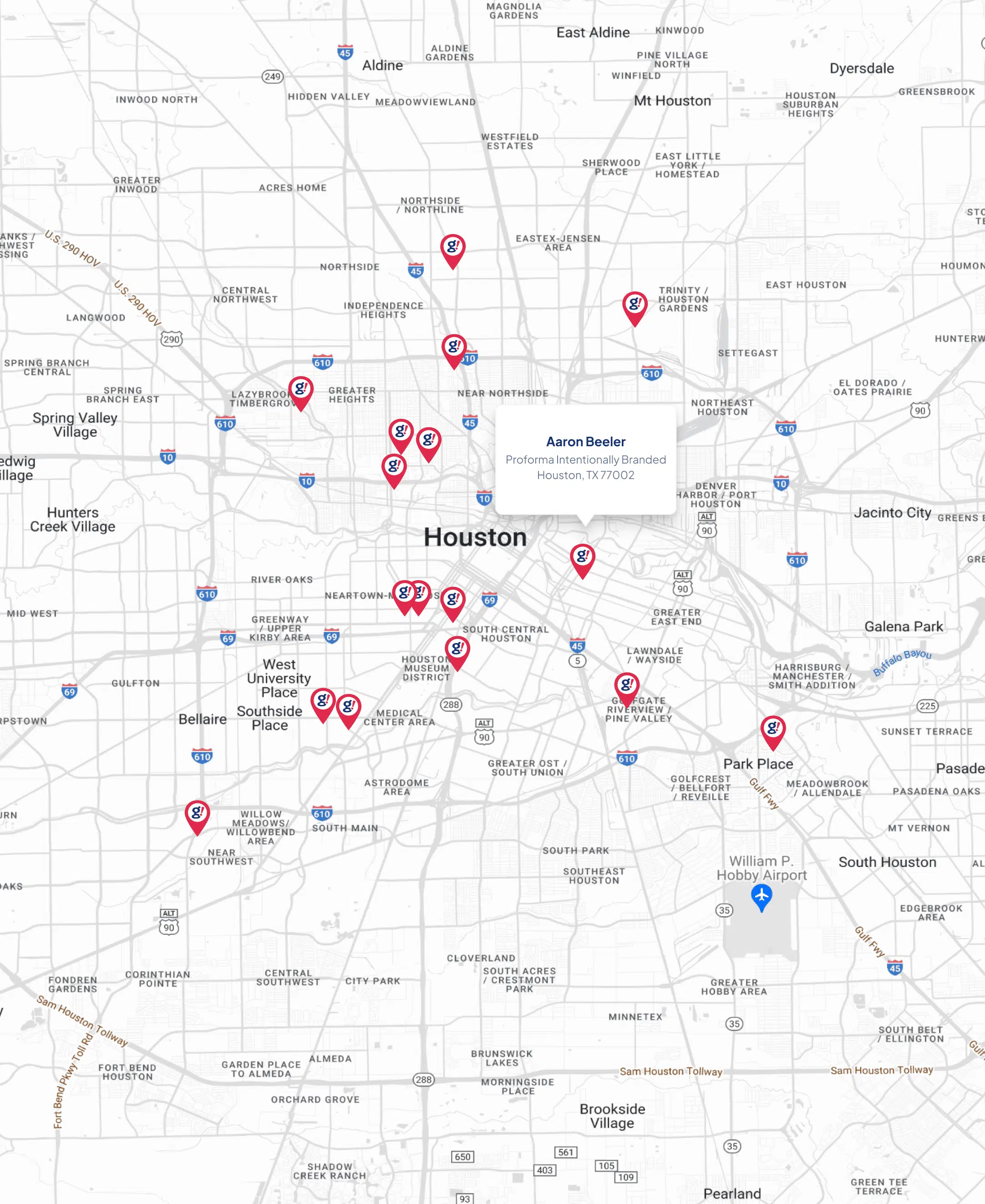Talent Acquisition for Middle Market Companies: 5 Trends to Watch
- Updated on: 2017-10-15
- Read original article here

Talent Acquisition for Middle Market Companies: 5 Trends to Watch
0 Comments
“Great vision without great people is irrelevant.”
Jim Collins stated it so simply in Good to Great (1990): you simply cannot achieve greatness if you do not have the right people “on the bus.” While the philosophy is simple, executing on competitive talent acquisition strategies is anything but. Finding and attracting exceptional talent is hard enough as it is; when you add in the complex dynamics of today’s workplace and hiring landscape, you have a seemingly daunting task.
The world of talent acquisition is changing at a dizzying pace. Work is now multigenerational, mobile, social, global, and “in the Cloud.” There’s diversity, STEM, inclusion, employer branding and engagement. Recruiting talent in this environment requires new thinking. Middle market companies are especially impacted by these talent dynamics. Finding and acquiring that talent can be difficult for middle market companies who might have fewer resources, less reach, and less brand name recognition than for instance, Fortune 1000 organizations.
There are a multitude of trends taking place in talent acquisition today. Leveraging five of those trends, however, can help middle market companies win the battle for the best people. Let’s take a look:
Widening Skills Gap – “We’re in the middle of a skills shift. A mere 20% of today’s workforce has the skills needed for 60% of the jobs that will be coming online within the next five to ten years.” (Cathleen Benko, workforce expert and author). The quickening pace of change – especially for STEM-related positions – continues to shrink the shelf life of skills. Many of today’s jobs didn’t exist 5 years ago and this skills specialization makes it difficult to find and recruit the right experience. Middle market companies have to hire new talent while simultaneously developing their internal employees. More and more we are seeing companies develop and deliver core training and job sharing/shadowing opportunities to re-tool skills internally.
Shifting Salaries – salaries are moving very quickly for specialized roles. The edges around previously tight compensation bands are stretching and flexing as companies compete to attract the talent they need. Middle market companies might find it more difficult to compete with the salaries that large organizations can offer but middle market companies may often have more flexibility. Experienced talent is looking for more than just salary and often a smaller organization can provide a more flexible schedule, better work/life balance, more lucrative bonus plans tied to growth and other incentives that may only be available at the executive level within a larger organization. Creative compensation plans can be very effective.
Changing Benefits Landscape – benefits remain very important for employees, but the concept of benefits now extends beyond just healthcare, retirement, and paid time off (PTO). The benefits landscape has changed in recent years and employees are now more inclined to consider benefits such as flexible/alternative work arrangements, wellness programs, collaborative work environments, daycare, and paternity leave. Once again, middle market companies might not have the same purchasing power as large organizations when it comes to healthcare, but they definitely have more flexibility in offering some of the newer benefits that are becoming increasingly meaningful to today’s workforce.
Social Media Sophistication – the proliferation of social media in today’s workforce has made the employee/employer connection much more transparent. Sites like Glassdoor and Yelp give candidates and employees the opportunity to express their delight or dissatisfaction with employers, and candidates can now learn so much more about a potential employer, well beyond any employer’s branding efforts. Social media has become an important part of how companies attract talent. Middle market companies can stand out by leveraging social media strategies to position themselves as employers of choice. The most powerful employer branding comes as a result of testimonials, so encourage employees and clients to share their positive experiences using social media.
Recruiting Now Means Marketing – ten years ago, recruiting was much simpler. Today, successful companies realize that recruiting is marketing. Best-in-class companies articulate and create an employer brand presence, they attract candidates through multiple channels, and they nurture applicants by guiding them through the selection process. Top employers are using video, photos, sophisticated websites, mobile strategies, search engine optimization, and employer branding strategies to showcase the advantages they offer. All of these tactics support proactive recruitment of talent vs advertising positions only when an opening needs to be filled. Middle market companies can also use marketing/branding techniques to showcase their rewarding environment, their company culture, and their employee stories. Doing so will improve the on-going flow of talent which allows you to shift from reactive recruiting to proactive engagement and selection.
The ability to hire exceptional talent is a critical success factor for most middle market companies. The smaller the organization, the more impactful each and every hire can be. Middle market companies may find it difficult to compete for talent, but size can be an advantage in terms of flexibility, agility, and creativity in hiring practices. The most successful middle market companies will be those who invest time, money, and energy into their hiring practices to succeed in today’s talent driven market.
Tim Oyer is a Vice President at Advanced RPO. Tim is an RPO veteran who brings significant knowledge and experience to companies that want to gain competitive edge through talent acquisition. For more than 20 years Tim has worked directly with clients to diagnose their talent acquisition programs and create a variety of long-term solutions to improve their organizational capacity. Tim’s approach always starts with understanding the organization, their business drivers, hiring practices, performance metrics and vision for a winning solution. toyer@advancedrpo.com or connect with Tim on LinkedIn.



